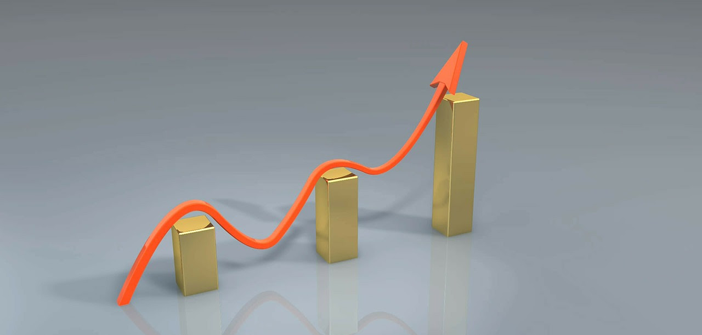As it does every year, Insee publishes the “French Economic Tables,” 2017 edition.
From population to living conditions, Insee releases a detailed snapshot of France in 2017. A snapshot full of surprises.
This 274-page document contains no images but a lot of tables and graphs, aiming to provide the most accurate and detailed snapshot of France as of now.
Five key figures to remember
● 66.991 million
This is the number of inhabitants in France as of January 1, 2017, including 64.860 million in metropolitan France. An increase of 265,000 in 2016 (+0.4%), as in 2015, primarily due to the natural growth (+198,000), the lowest recorded in forty years and, to a lesser extent, the migratory balance (+67,000). Half of the population is between 20 and 59 years old, a quarter is over 60, of which 9.1% are over 75 years old (compared to 6.6% in 1991 and 16.3% in 2050).
● 10 hours
This is the number of extra hours worked per quarter by each full-time employee. That’s 40 hours per year, the equivalent of an extra long week of work. Employees on a 35-hour workweek typically work twice as much.
● 2,225 euros
This is the average net salary, after social deductions, in the private sector. A level lower than that of a state civil servant (€2,477), the same as a hospital worker (€2,274), and higher than a local authority employee (€1,877). Men earn more than women in enterprises (€2,410 vs. €1,962) and executives earn more than workers (€4,104 vs. €1,702).
● 8.6%
This is the percentage of single-parent families in France, versus 26% for households with children. Single men with their offspring account for only 3.5% of families with children in the country.
● 96.8%
Percentage of households with a color TV, slightly more than those with a washing machine (96%), refrigerator (91.4%), mobile phone (90.5%), car (84.1%), or dishwasher (58.4%). About eight out of ten French people own a computer (including laptops), and even 56.8% of those over 60 do.


